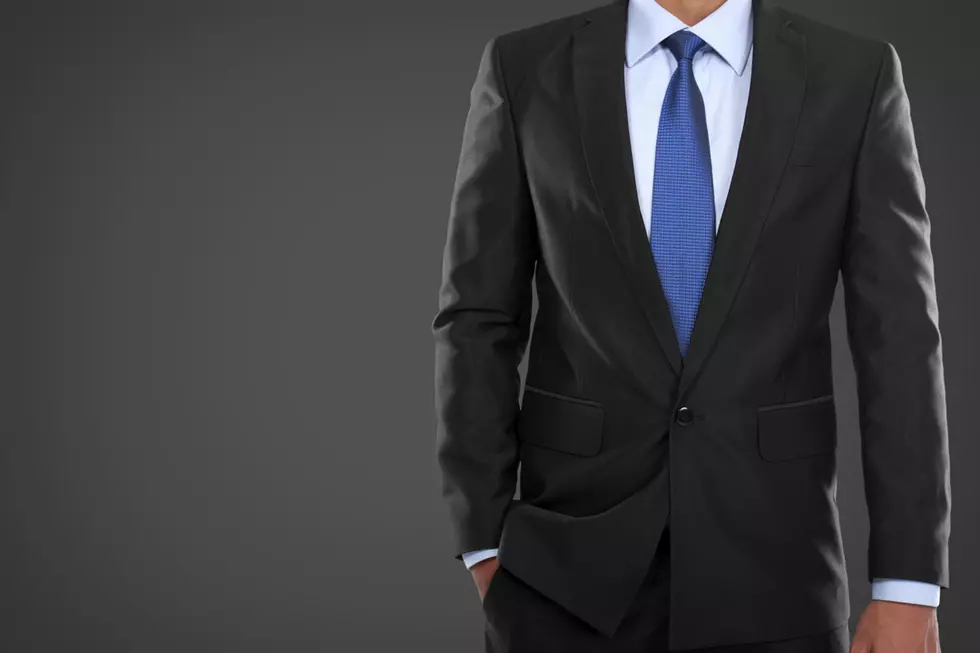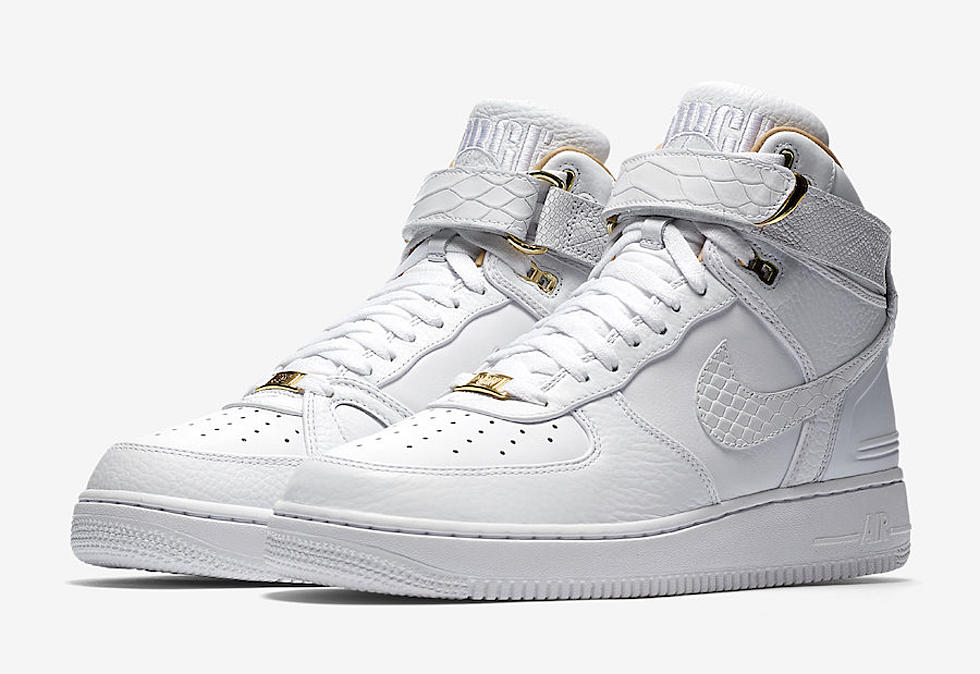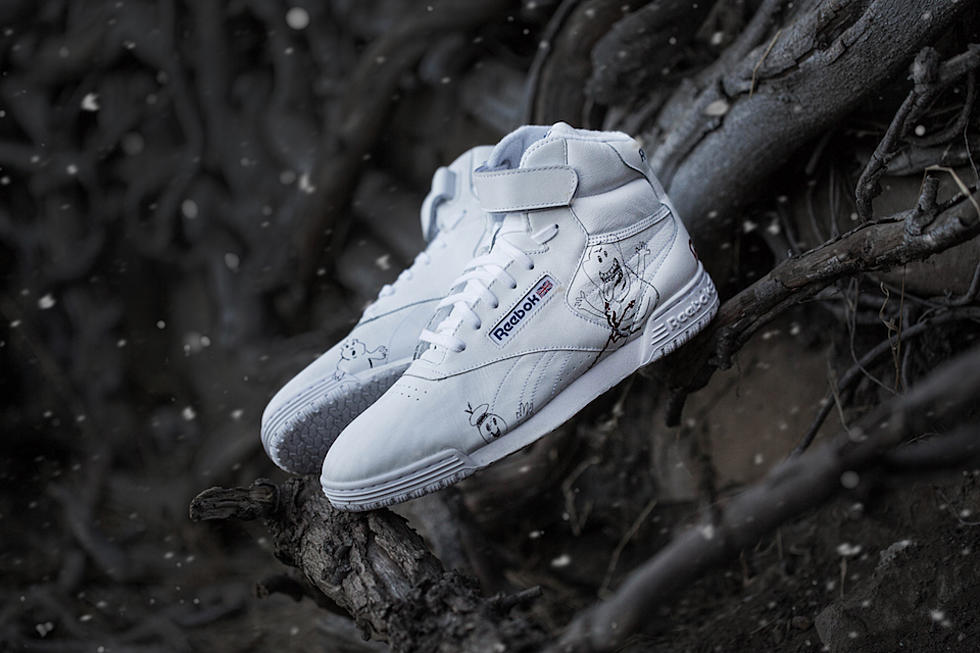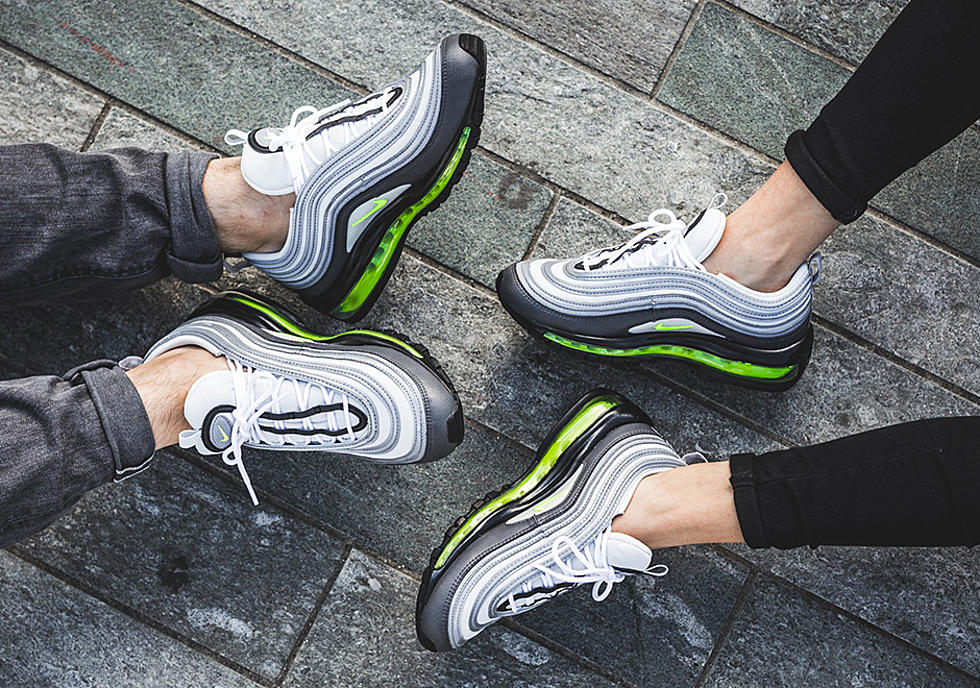
‘Is This Shirt Too Big?’ — Here’s Your Guide to Knowing If Your Clothes Fit
The mark of a respectable, mature, professional man is often how well he is dressed. If nothing else, having a well-fitted wardrobe makes a good first impression, something highly valuable in job interviews, first dates, client meetings and potential in-law introductions. If you want to climb just about any ladder in life, you need to know how to dress the part — and a major factor in knowing how to dress is knowing how your clothes should fit.
The Jacket
Nothing makes you look -- or feel -- more focused and confident than a well-fitted suit. Along with whether your tie matches, the fit of your jacket is one of the first things people will notice.
First of all, a jacket should fit you in your natural stance, which means standing up straight with your arms relaxed at your sides. The shoulder of the jacket should lie flat. The top seam should be as long as the bone it lies on. The shoulder of the jacket should meet the sleeve in the same place your shoulder meets your arm. The shoulder of a jacket is the most difficult part to have tailored after-the-fact, so if you're buying off the rack, a good shoulder fit is key.
The jacket should fit well enough to be buttoned while you're standing. It shouldn't hang loose from your body or flare out when buttoned. Alterations can be done, but if the fit is really wrong, it's probably not fixable. As far as the sleeves are concerned, when your arm is relaxed at your side, a quarter- to a half-inch of the shirt you're wearing should be visible beyond the jacket sleeve. Sleeve length can be tailored. (Of course, it's always easier to work with a sleeve that is too long.)
Finally, the jacket should be long enough to drape past your waist and to the top of the curve of your rear end. If you're in that relaxed stance with your arms at your side, the jacket should come to about the middle of your hands.
The Shirt
If your shirt fits well, you're going to feel good. Shirt fit requires several areas, including collar, shoulder, torso, sleeve and overall length. A good collar will touch the skin of your neck, but leave enough room for you to fit a finger between. Like your jacket, the shoulder should meet the sleeve where your shoulder meets your arm. The hole for your arm should be large enough that the shirt doesn't pull or twist, but not so big that it bunches.
When a shirt fits your torso, the buttons will close with comfort and lie flat without any pulling or puckering. Also, the shirt should tuck in flat without billowing at the sides. A well-fitted sleeve will hang evenly loose around your arm without being baggy. It won't fit tightly in any spots. It will have a gentle taper so it's as loose at your upper arm as at your wrist.
The cuff should be close to your wrist but should leave some room between the shirt and your body. It should be able to slide over a standard-size watch. You should be able to remove the shirt without unbuttoning the cuff. The sleeves should be long enough to reach the large wrist bone at the base of your pinky fingers when your arm is relaxed at your side. It shouldn't show your wrist or reach to the middle of your hand. Finally, a shirt is long enough if, when untucked, the hem reaches far enough to cover your belt. It should be long enough to tuck in at least an inch, including scalloped sides.
Dress Pants
Pants are the foundation of your outfit. The fit of your pants sends a strong message about who you are and how you present yourself. Dress pants should fit conservatively, meaning they shouldn't be tight enough to show the contours of your posterior. Well-fitted pants should have some drape, but will not be loose or seem large.
They sit on your hips, just below your belly button. Most importantly, they should fit your waist so you don't need a belt to hold them up, but they don't cut into or squeeze you. The break is up to you, as long as it isn't so long that there is more than one crease at the shin, or so short that there is space between the cuffs and the tops of your shoes.
Casual Pants/Jeans
When it comes to casual pants and jeans, you have a bit more flexibility in fit. The more casual the pant, the lower it can sit on your waist. Keep in mind that the lower a pant sits, the more casual it will seem, so make sure you pant-up for the occasion. (If a pant is belted around your rear end, please don't leave the house.)
If you're wearing Dockers as business-casual wear, make sure you pay attention to the break. Just remember that too much break on a casual pant makes it look sloppier than it is, no matter how high it sits on your waist. Casual pants will have a slimmer fit and should fit evenly on your entire leg. They shouldn't be tight in one spot and loose in another. You can tell a pair of Dockers is too tight on you if you end up with pocket flare. That happens when the pants are so taut, the front pockets can't lay flat on the material and flare out.
The Shoes
Your day can be made or broken by how well your shoes fit, so knowing what a good fit is not only makes you look good, but it will protect your feet and prevent pain. First, you have to measure your feet and your arch length. Here's something many people don't know: foot size changes as we age.
Second, don't get caught up on that number. If a shoe marked with your usual size doesn't feel right, try a different size. A well-fitted pair of shoes will have a half-inch between your toes and the shoe material in the front. There should be room for your toes to move. In the back, there should be about an eighth of an inch of space, meaning you should just be able to get your index finger between your heel and the back of the shoe. A shoe should feel comfortable in the store. No amount of “breaking in” will make a shoe longer, and most discomfort doesn't go away.
The Hat
The best way to know that a hat fits and is sitting correctly on your head is to wear the proper hat size. (Yes, that sounds obvious, we know.) To find out your hat size, simply measure your head with a tailor's measuring tape or a piece of string. Wrap either one around your head so it's snug, but not tight. If you're using string, hold it with your finger and cut it where the end meets the middle to form the circle. Then, measure the length that went around your head. Finally, record your measurement and then check a hat-sizing chart to get your size. If you're wearing the proper size it will sit comfortably on your head. It won't squeeze your head or leave a mark, nor will it fall down loosely on your crown.
More From Antenna Mag









